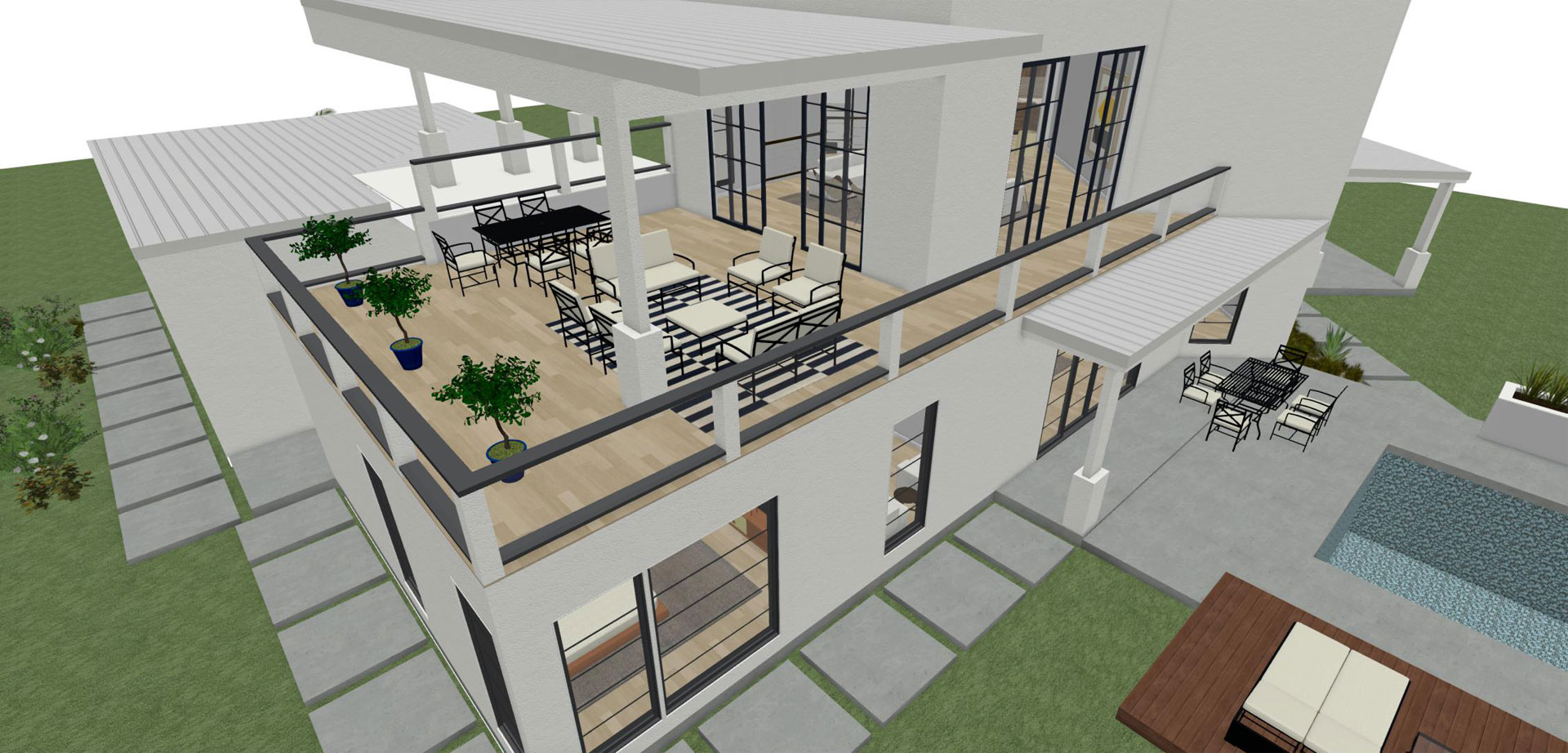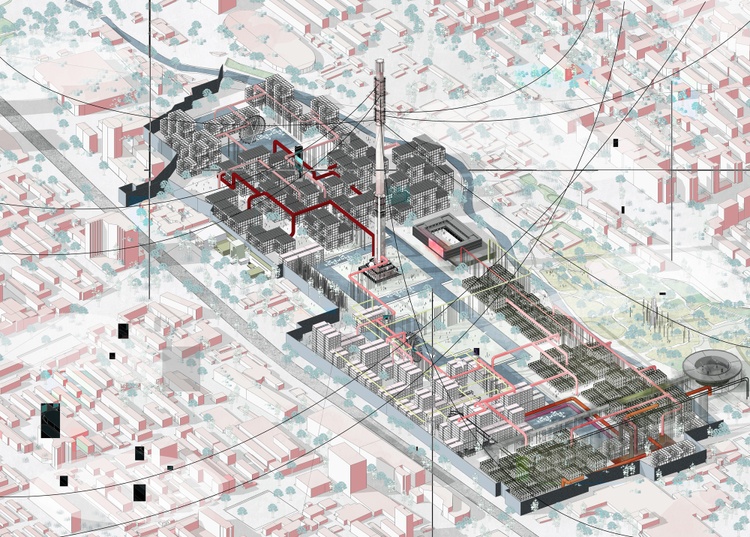The Crucial Function of a Designer in Forming Sustainable Urban Atmospheres for Future Generations
The role of a designer in crafting lasting metropolitan settings is increasingly critical in reacting to the challenges of climate modification and urbanization. By seamlessly incorporating environmental concepts right into their styles, architects not only boost the visual and useful high quality of city spaces yet also address pressing issues such as power efficiency and social equity.
Understanding Sustainable Urban Layout
Lasting metropolitan design incorporates eco-friendly concepts with urban preparation to create environments that are not just habitable however likewise resistant. This technique stresses the relevance of integrating natural systems into the metropolitan textile, ensuring that growth satisfies the needs of today without endangering the capacity of future generations to fulfill their own needs. Key aspects of sustainable metropolitan style include efficient land use, the promotion of biodiversity, and the combination of environment-friendly rooms, all of which add to improved high quality of life for citizens.
Additionally, sustainable city style focuses on the reduction of the metropolitan heat island result, boosted air top quality, and effective stormwater management. It urges using sustainable sources and energy-efficient building techniques, which considerably reduced carbon impacts. In addition, lasting metropolitan style cultivates social equity by creating easily accessible public rooms and advertising mixed-use growths that cater to diverse populations.
Via thoughtful planning and ingenious style approaches, sustainable urban atmospheres can improve community durability against climate adjustment while promoting economic advancement. This alternative approach not only addresses prompt city difficulties but additionally prepares for much healthier, a lot more lasting cities for generations ahead.
Secret Obligations of Architects
Designers play a critical role fit sustainable urban settings by equating layout principles into tangible structures and areas. Their obligations incorporate a vast range of activities that add to the general success of city layout tasks.
Most importantly, designers perform comprehensive website evaluations to understand the ecological, social, and cultural context of their tasks. This foundational understanding educates their style choices, making certain that structures balance with their environments. They also take part in collaborative procedures with stakeholders, including city planners, designers, and the community, fostering an inclusive strategy to metropolitan growth.
Furthermore, designers are tasked with creating designs that maximize power effectiveness, resource preservation, and functionality. They need to comply with neighborhood zoning laws, building codes, and sustainability certifications, making sure compliance while pressing the borders of technology.

Innovative Materials and Techniques
In the search of ecologically responsible style, ingenious materials and techniques have actually become important components in the production of lasting metropolitan environments. Designers are progressively using products that minimize ecological influence while improving power performance. For instance, recycled products, such as reclaimed wood and repurposed metals, not just decrease waste but also add one-of-a-kind aesthetic high qualities to frameworks.
In addition, innovations in modern technology have resulted in the development of high-performance materials, such as protected concrete types (ICFs) and photovoltaic glass, which contribute to power preservation and harness renewable resource. Strategies such as easy solar design and green roofs further exhibit exactly how design can harmonize with all-natural systems, minimizing reliance on fabricated heating and cooling.
In addition, the combination of smart products, which adapt to ecological modifications, provides promising opportunities for enhancing building performance - cda architects. These materials can reply to temperature level fluctuations or dampness levels, maximizing comfort and sustainability
Eventually, the tactical option and application of ingenious materials and methods encourage engineers to create metropolitan areas that are not only functional and visually pleasing yet likewise resistant and environmentally liable, making sure a lasting future for generations to find.
Area Interaction and Cooperation
The success of cutting-edge materials and strategies in sustainable city architecture is considerably enhanced by active community engagement and collaboration. Architects have to identify that the developed environment profoundly influences the lives of local residents, making it important to entail them in the style procedure. Engaging the community cultivates a sense of ownership and liability, guaranteeing that advancements not just satisfy aesthetic and practical requirements however likewise show the values and goals of those who occupy them.

Effective neighborhood involvement likewise aids in prioritizing social equity within city growth. By taking into consideration the voices of marginalized populations, engineers can create spaces that are inclusive and fair. In this means, look at here neighborhood engagement and collaboration come to be important to accomplishing really lasting metropolitan atmospheres that offer the needs of existing and future generations.
Future Fads in Lasting Design

In addition, developments in modern technology are forming future patterns in sustainable style. The integration of clever materials and building systems enables real-time energy monitoring, enhancing effectiveness and reducing carbon footprints. Technologies such as eco-friendly roofing systems, living wall surfaces, and energy-generating exteriors are becoming common practices, even more advertising ecological balance within metropolitan settings.
Moreover, a shift in the direction of biophilic design is getting traction, highlighting the link between nature and human health. By incorporating natural environments, designers develop spaces that promote psychological health while promoting biodiversity.
Verdict
Finally, engineers are critical in progressing lasting urban settings with their competence in design, ingenious products, and area engagement. By prioritizing power effectiveness and source conservation, these professionals contribute to the creation of resilient city spaces that meet the requirements of existing and future generations - cda architects. The combination of environmental concepts not just improves livability yet additionally fosters social equity, making certain developments resonate with the values and goals of Bonuses the areas they offer